Table of Contents
- Introduction
- Recording and Bouncing Audio
- Experimenting with Reversing
- Real-Time Editing and Improvising
- Creating Melodies with Pitching
- Adding Unique Elements to a Track
- Unintentional Glitches and Final Product
- Conclusion
- FAQs
Introduction
In music production, the benefits of rendering MIDI synth tracks to audio is a crucial process that allows producers to create unique and captivating tracks. This article explores the various techniques and advantages you have using this method.
All secrets in this video summary
Recording and Bouncing Audio
One of the initial steps in manipulating audio is recording a sound and bouncing it to audio. This process involves capturing a sound using microphones or other recording devices and then converting it into a digital audio file. Once the audio is in digital format, producers can easily manipulate it using software tools.
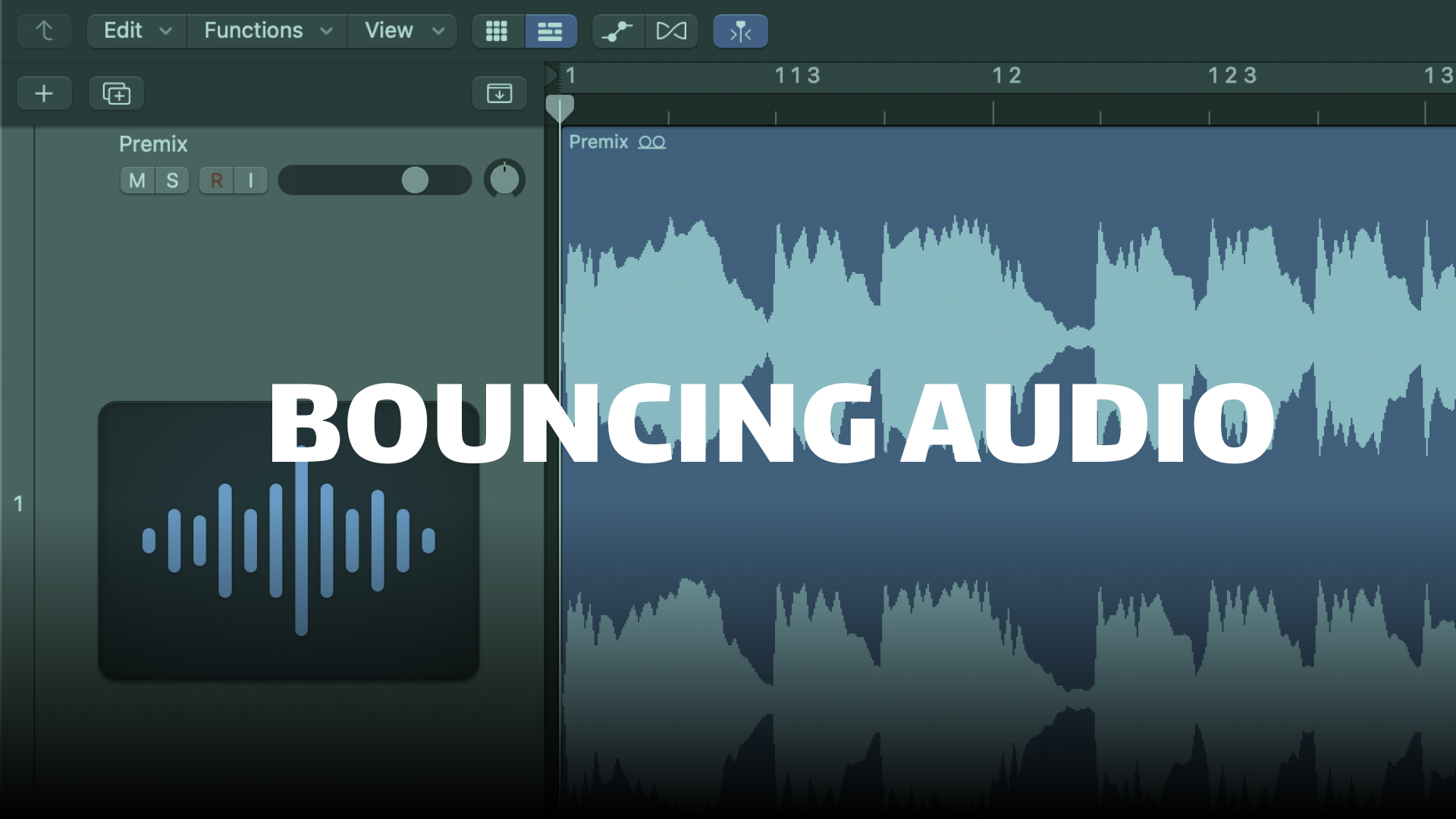
Experimenting with Reversing
Reversing audio is a popular technique used by producers to add intrigue and creativity to their tracks. By reversing a sound, it takes on a completely different character and can create a sense of anticipation or surprise. Producers often experiment with reversing different elements of a track to find unique sounds that enhance the overall composition.
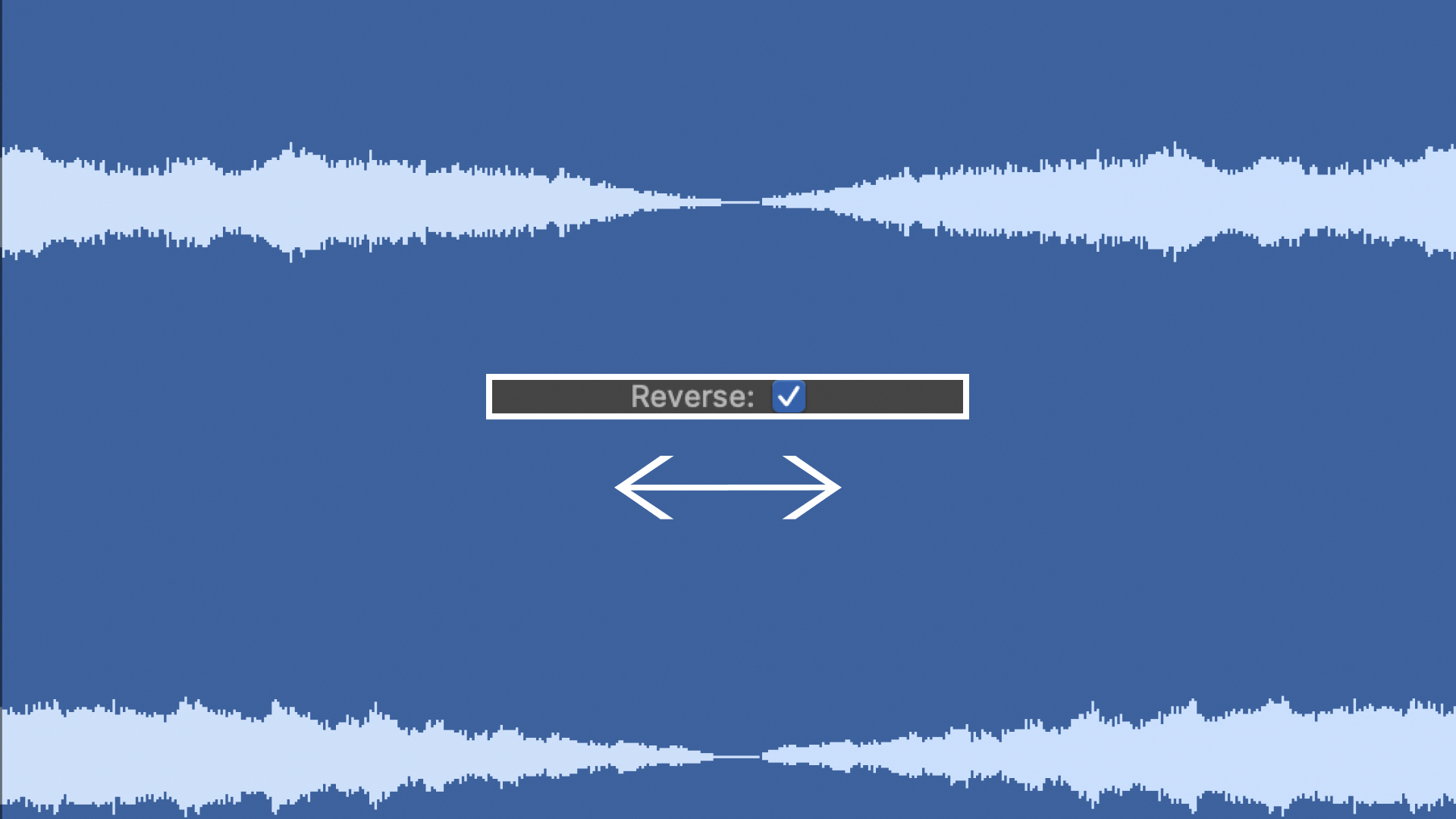
Real-Time Editing and Improvising
Real-time editing is a technique where producers make changes to the audio while it is playing. This allows for spontaneous creativity and improvisation during the production process. Producers can adjust parameters such as volume, effects, and filters in real-time to shape the audio and create dynamic and engaging tracks.
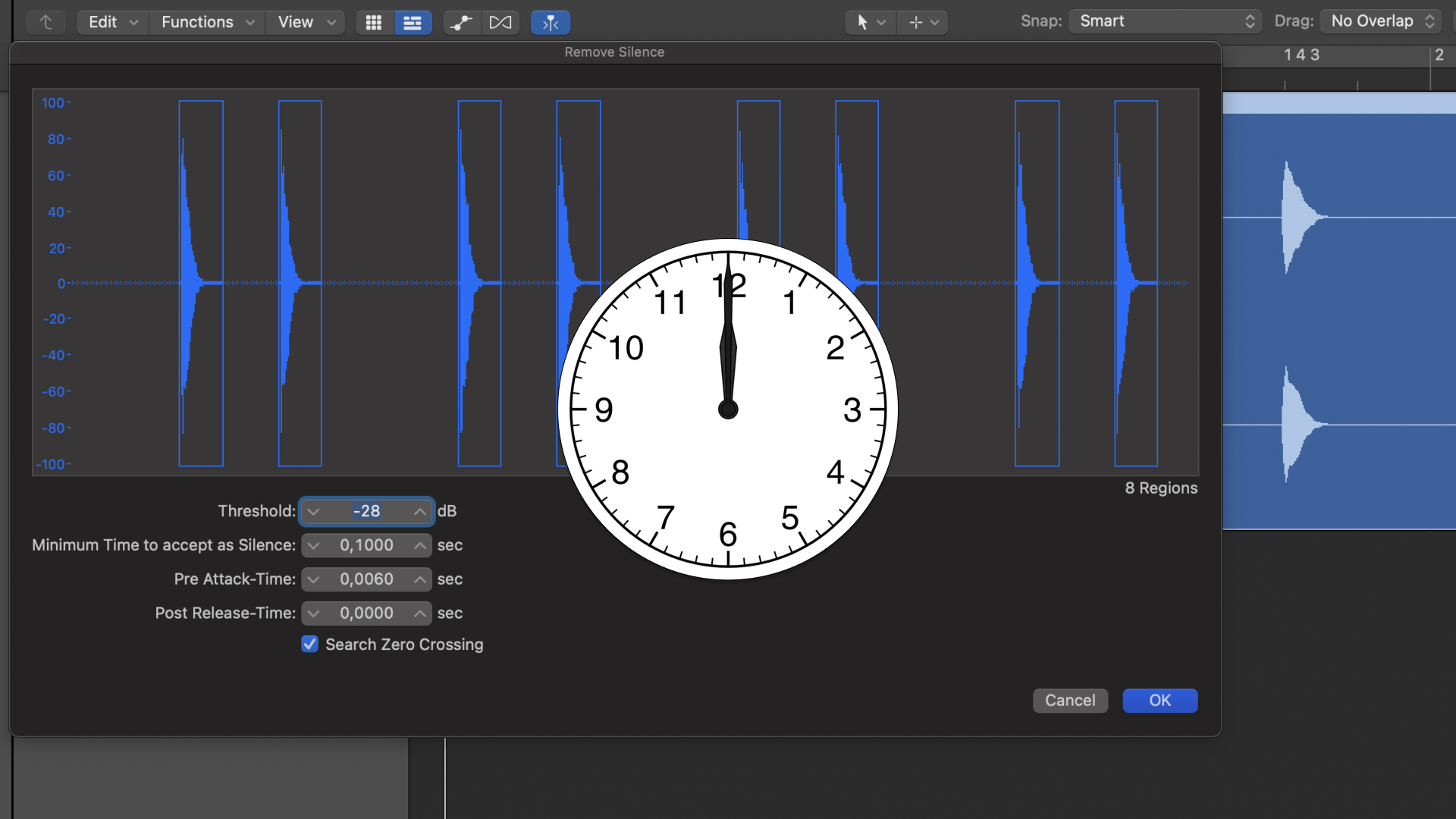
Creating Melodies with Pitching
Producers can manipulate audio by taking small elements of a sound and altering their pitch. By adding delay and pitching these elements up or down, producers can create unique melodies that add depth and character to a track. Pitching allows for the exploration of different tonalities and can transform a simple sound into a captivating musical element.
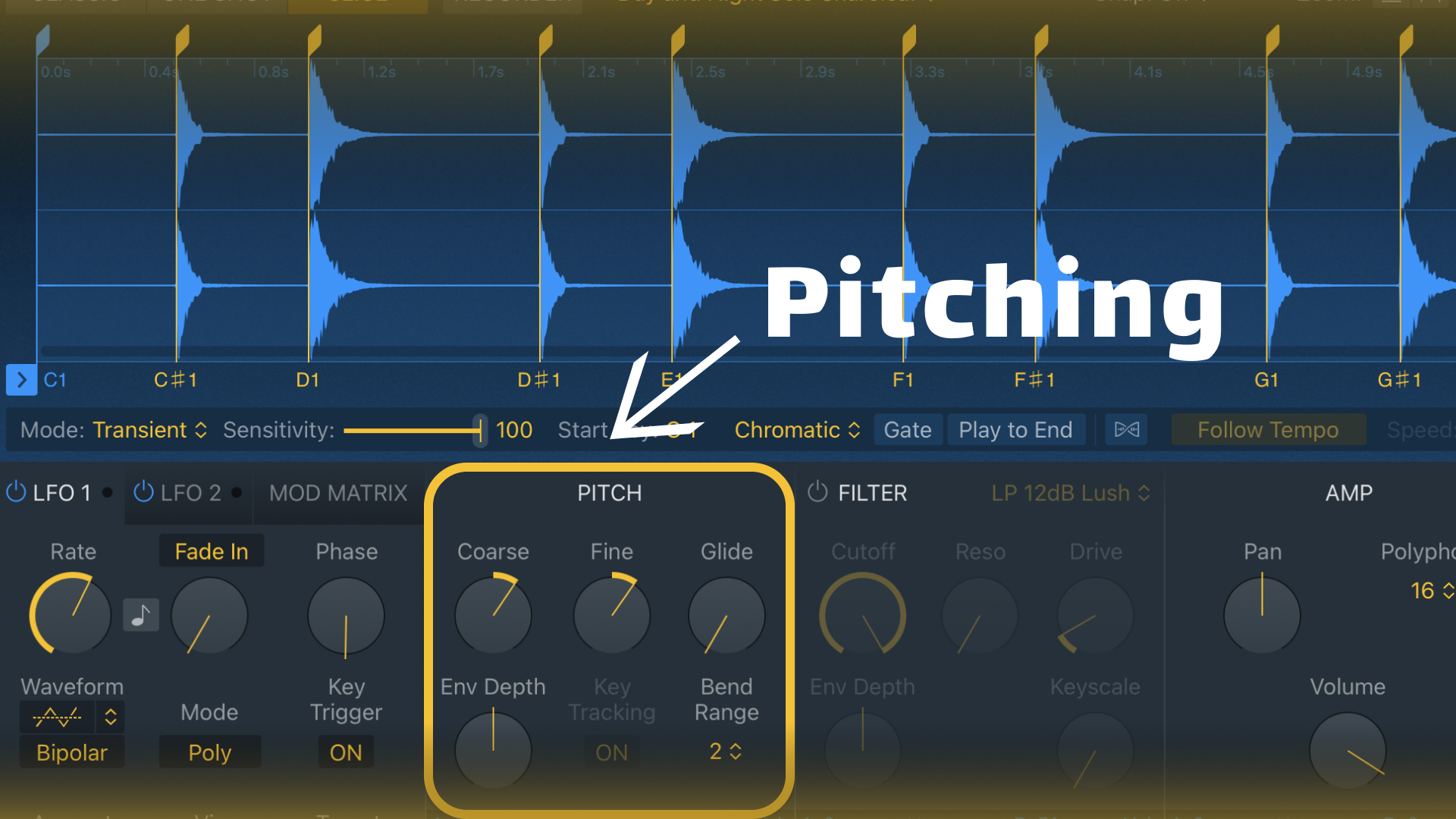
Adding Unique Elements to a Track
Manipulating audio is essential for adding unique elements to a track. Producers can experiment with various effects, filters, and processing techniques to create sounds that stand out and capture the listener’s attention. By manipulating audio, producers can infuse their tracks with creativity and originality, setting them apart from others in the industry.
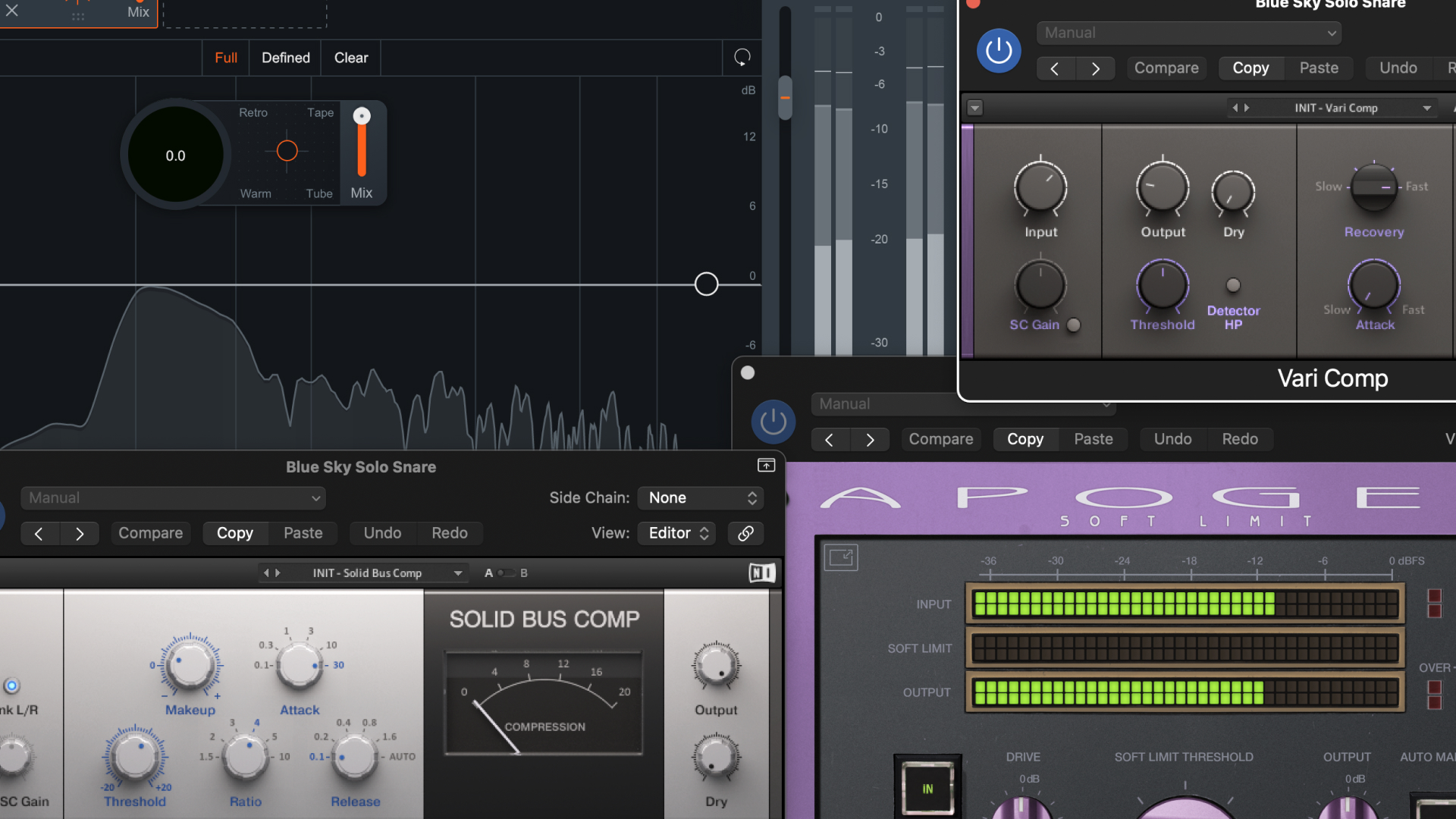
Unintentional Glitches and Final Product
During the process of manipulating audio, producers may encounter unintentional glitches or artifacts. These unexpected occurrences can sometimes add an interesting and unexpected dimension to the final product. Rather than discarding these glitches, producers may choose to embrace them as part of the creative process, adding an element of unpredictability to the track.
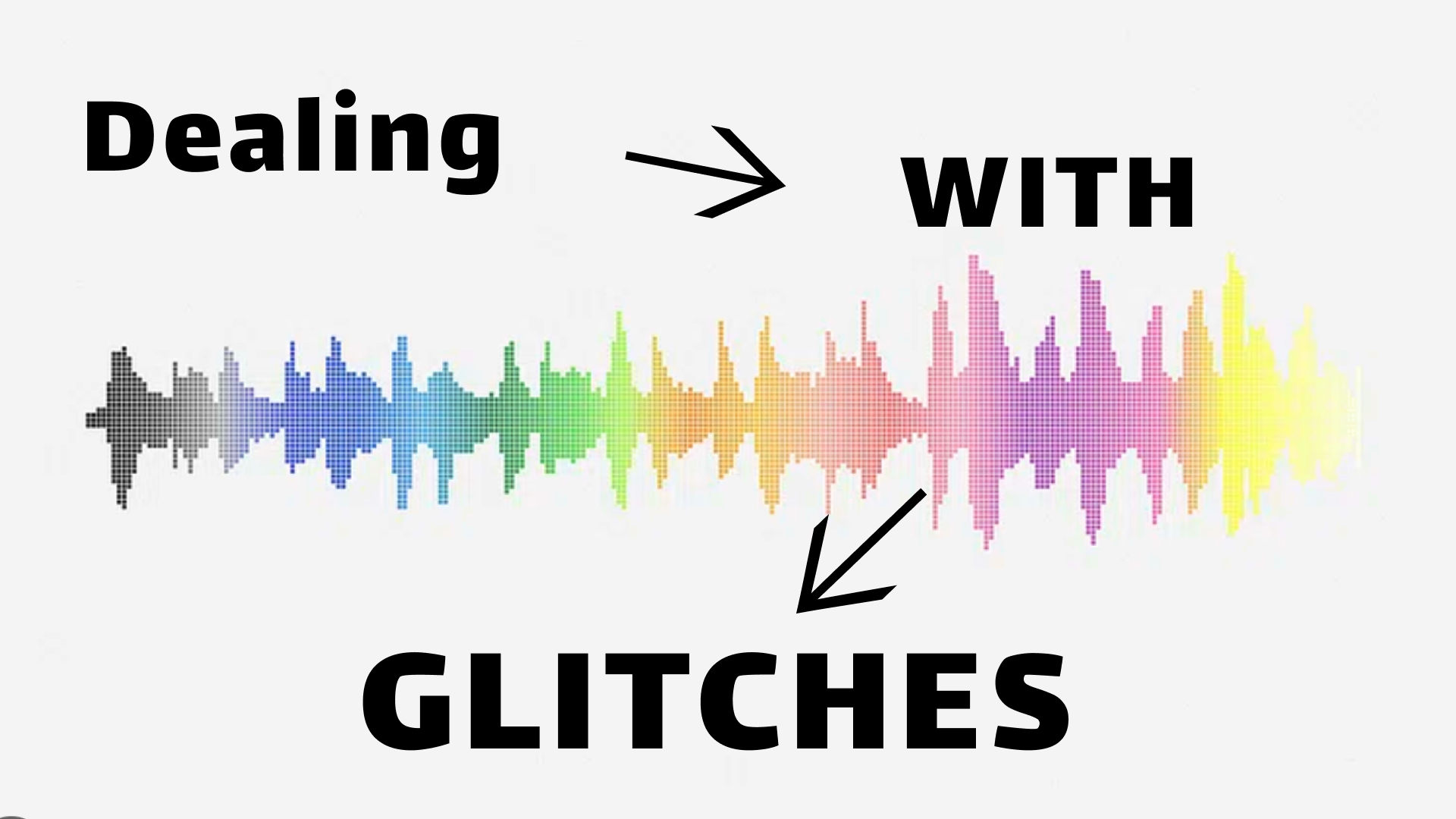
Conclusion
Manipulating audio in music production is a powerful tool that allows producers to unleash their creativity and create unique tracks. By recording and bouncing audio, experimenting with reversing, utilizing real-time editing, and exploring different pitching techniques, producers can add depth and character to their compositions. Embracing unintentional glitches can also lead to unexpected and exciting results. So, don’t be afraid to experiment and push the boundaries of audio manipulation in your music production journey.
FAQs
- Can audio manipulation be done with any music production software?
Yes, audio manipulation techniques can be applied using various music production software available in the market. Popular software like Ableton Live, Logic Pro, and FL Studio offer a wide range of tools for manipulating audio.
- Are there any limitations to audio manipulation?
While audio manipulation offers endless possibilities, it is important to consider the quality of the original audio source. Poorly recorded or low-quality audio may limit the effectiveness of certain manipulation techniques.
- How can I learn more about audio manipulation?
There are numerous online tutorials, courses, and resources available that can help you dive deeper into the world of audio manipulation. Exploring different techniques and experimenting with different sounds will also enhance your understanding and skills.
- Can audio manipulation be used in any genre of music?
Absolutely! Audio manipulation techniques can be applied to any genre of music. Whether you’re producing electronic, rock, hip-hop, or classical music, manipulating audio can add a unique touch to your compositions.
- Is it necessary to have a background in music theory to manipulate audio?
While a background in music theory can be helpful, it is not a strict requirement for audio manipulation. Experimentation and a good ear for sound are equally important in exploring and discovering new possibilities in audio manipulation.

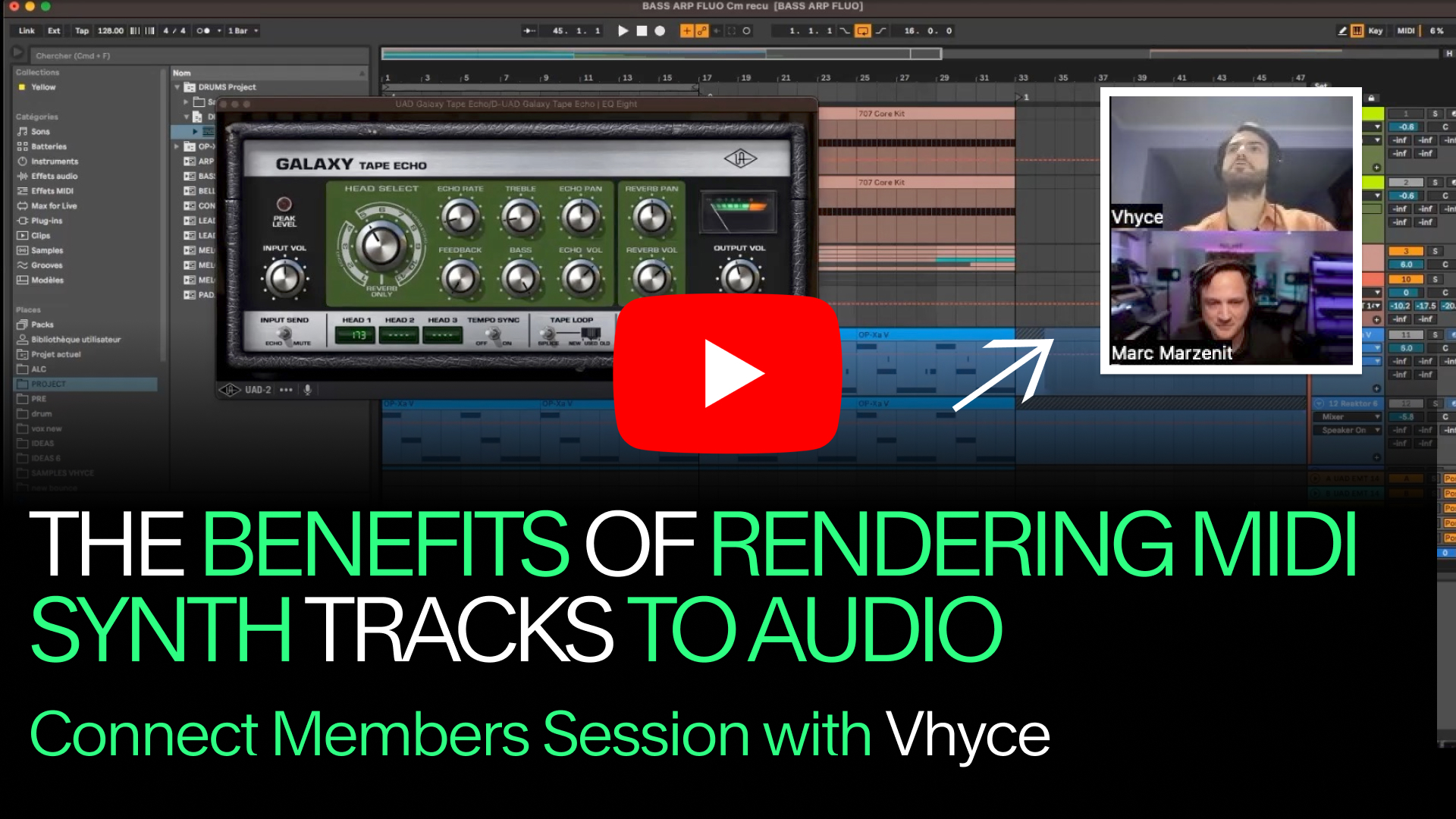





 50 Industry Music Production Tips You Must Know
50 Industry Music Production Tips You Must Know




